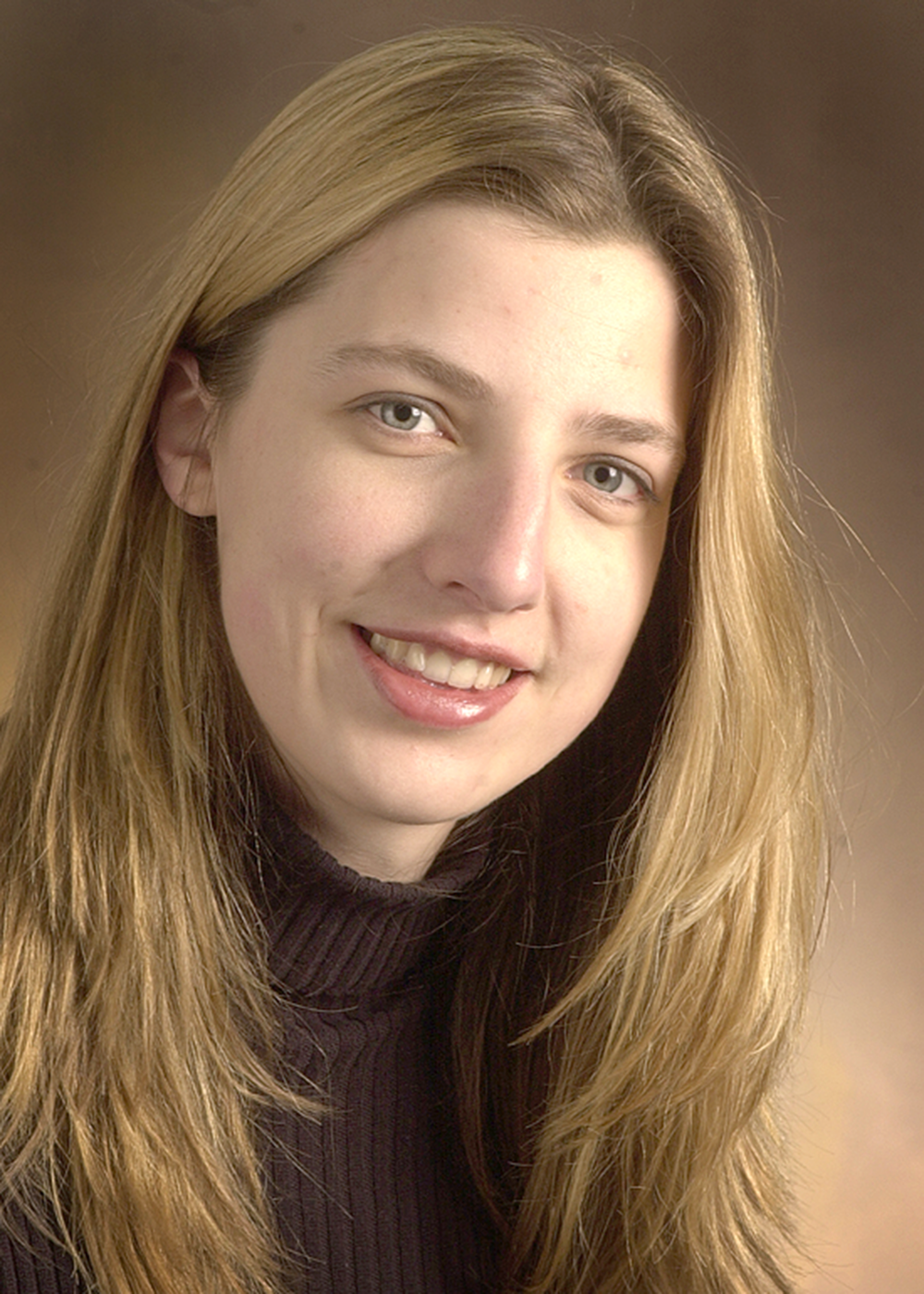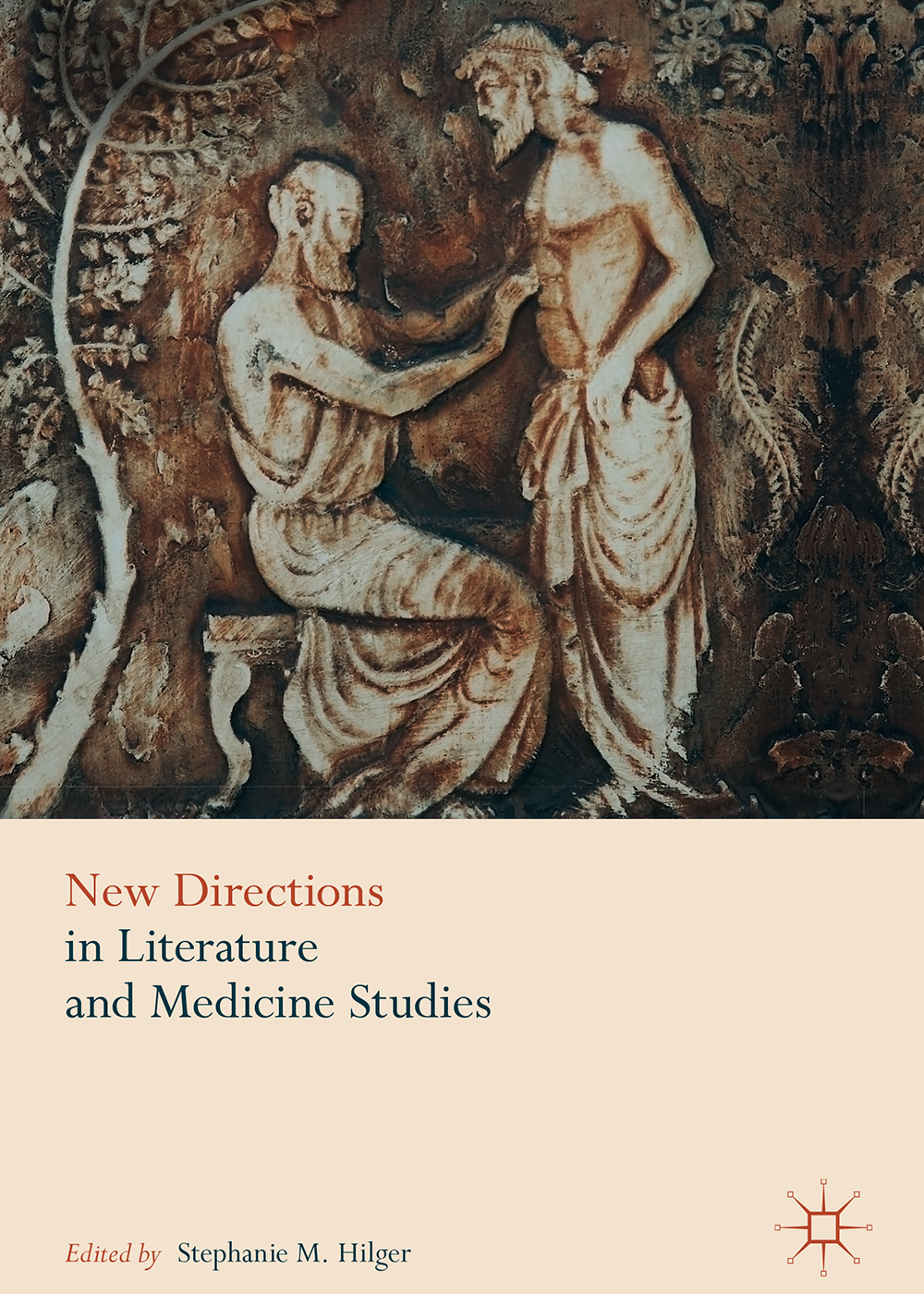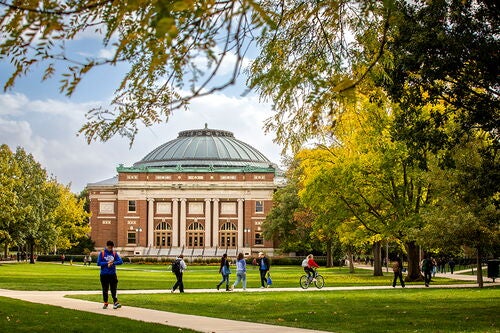Bridging the gap between medicine and literature

People today might think twice about going to a doctor or dentist who advertised by hanging a bloody rag outside their office door. But the concept wasn’t exactly cause for alarm a couple hundred years ago, according to Stephanie Hilger, head of the Department of Germanic Languages and Literatures, and professor of German, comparative and world literature, and gender and women's studies, who has edited a new book on the intersection of medicine and literature.
“Surgeons were actually associated with barbers, so if you wanted to have a tooth extracted, you would go to the local barber, who would perform a minor surgery,” Hilger said. “You know in the United States how in front of barber shops you have the white and red barber’s pole? That’s a representation of what used to happen up to the 18th century. Barbers would wipe their knives clean on a white rag and then they would hang them outside of their shop to indicate that it was a barber shop — and we still have that same representation today.”
Hilger recently edited a volume, “New Directions in Literature and Medicine Studies,” that discusses various interpretations of medicine as told through literary texts. The volume presents the latest research by scholars hailing from a variety of backgrounds who try to bridge the gap between literature and medicine.
“Nowadays, you have a separation between the humanities departments and the sciences, but up until the 18th century that was not the case,” Hilger said. “You didn’t have that separation. You had a lot of people who wrote novels and who also did medical writing.”
Hilger began organizing panels on literature and medicine in 2013 at various professional conferences, such as the American Comparative Literature Association. It was through these panels that she came to collect and edit a multitude of submitted essays and papers, which she later organized in four thematic clusters for the book: pedagogy, the mind-body connection, alterity, and medical practice.

“What people in my research area try to do is establish a bridge between two fields that didn’t use to be separate,” Hilger said. “People work on all sorts of things. For example, I look at medical case studies through a literary lens. Other people look at doctors who also wrote literature. When you look at medical texts in detail and read between the lines, you can deconstruct what people think they know.”
Though the field of literature and medicine began in the 1960s, the field has never been fully institutionalized, Hilger said.
“For our society, the field is important because we are at a point where on the one hand, we have very clear disciplines, but on the other hand, we are operating in an interdisciplinary space,” Hilger said. “Looking at the same texts from two different perspectives helps you see things you otherwise wouldn’t see and I think that’s ultimately the lesson. Bringing in an outsider can reveal a perspective you wouldn’t have seen and that opens dialogue and then knowledge is created.”
In Hilger’s own research outside of the edited volume, she studies medical texts about people with ambiguous genitalia from the 18th century, which are called intersex nowadays and were once referred to as hermaphrodites.
“As I started thinking about that project, I realized that the texts written in the 18th century surrounding those topics would not be the modern day equivalent to medical texts, but they wouldn’t be classified as literature either,” Hilger said. “They’re situated somewhere in between. They’re case studies but sometimes they read like novels about some strange, crazy occurrence that is unbelievable — they read like fiction.”
For her research, Hilger is looking at four different cases of hermaphrodites from the 18th century The cases became well-known at the time due to the uncertainty of the individuals’ sex.
“I’m looking at these texts from a literary perspective. I look very closely at what is being said and what is not being said. Then I think about what that means ultimately about 18th century conceptions of gender and what that means for our conceptions today,” Hilger said.
Hilger’s edited volume was published in December but she has already started editing another book that will continue the dialogue between literature and medicine, specifically looking at embodiment and gender.
“We sometimes read these 18th century texts laughing, ‘Oh, this is so ridiculous, how could these people really believe this? It’s just so naive.’ We think we know it all. But in a century from now, people will probably look at we wrote and will laugh as well,” Hilger said.








